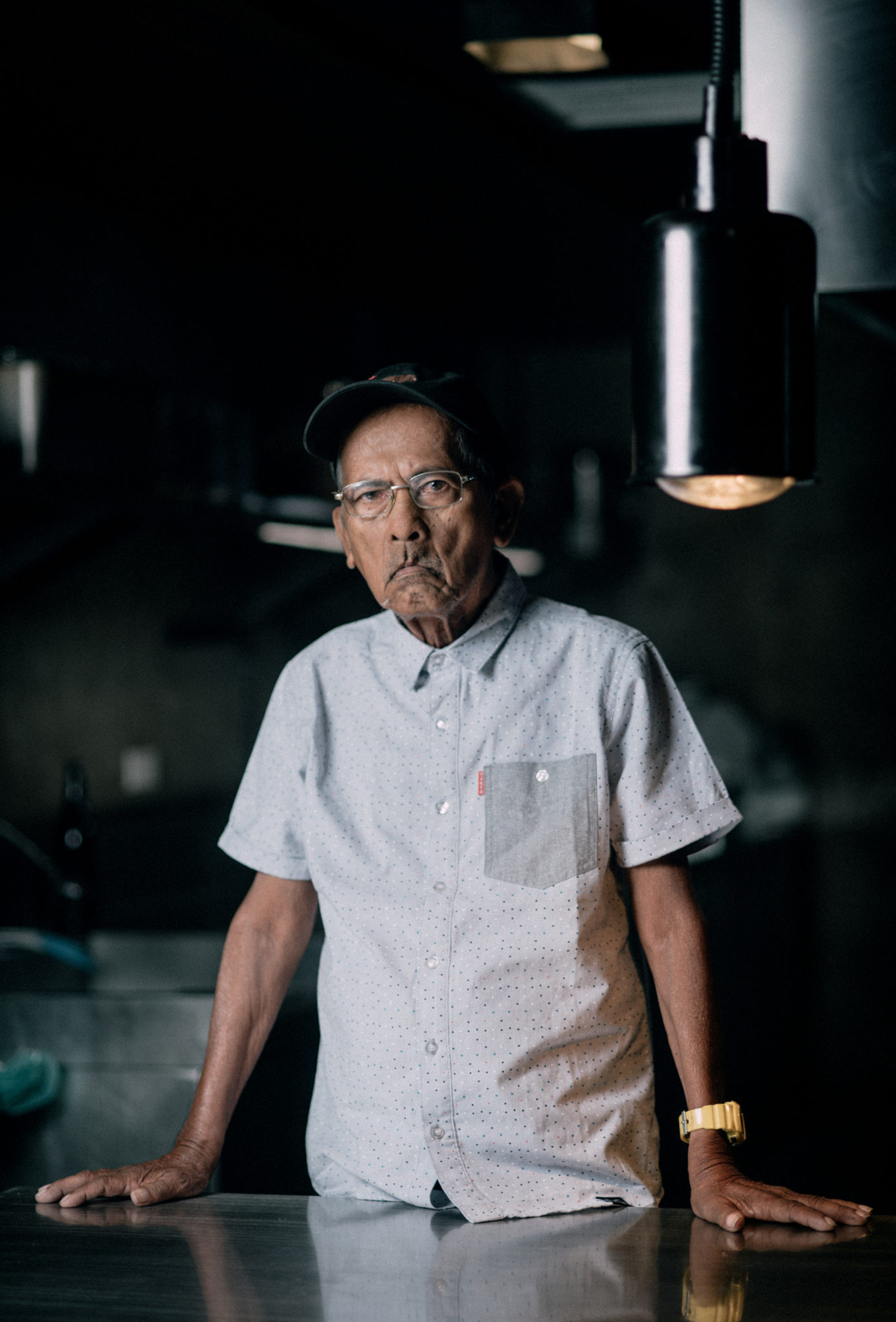Visayas has long been a culinary paradise with Cebu City being one of its champions, thanks to its wide array of street food. Now, the city is taking center stage in Episode 9 of the Netflix original series “Street Food.” The highly anticipated show takes viewers to the streets of Cebu City to follow the stories of four Cebuanos bringing their respective communities together through food.
In an intimate salu-salo at Toyo Eatery on Apr. 24, Netflix introduced the four local culinary heroes featured in the series to celebrate their stories that have been largely impacted by Cebu’s vibrant street food culture.
Florencio Escabas
Beyond its cultural importance, food is also a means to elevate the local economy, and no one knows this better than Florencio “Entoy” Escabas. Faced with the realities of poverty that are prevalent in Cebu and throughout the Philippines, Escabas turned his Entoy’s Bakasihan eatery into a medium that reversed the cycle of poverty for both his family and the fisherman of Cordova. His eatery is now a popular destination for travelers eager to try his nilarang bakasi, a soured stew made with reef eel that possesses an aphrodisiac quality you can’t find anywhere else.

Leslie Enjambre
The late chef Anthony Bourdain once proclaimed that Lechon Cebu was “the best pig ever,” but Leslie Enjambre, like the rest of Cebu, already knew that. Enjambre’s lechon family business began in the 1940s in Talisay with her grandmother, whose legacy still lives on to this day as Enjambre’s juicy lechon remains a street food favorite.
Ian Secong
Philippine cuisine is known for its nose-to-tail approach, making sure nothing goes to waste—even if that’s pig brains. Tuslab-buwa, a gravy made with sautéed onions, garlic, and pig brains, has been a staple and affordable Cebuano dish for years. The popular “brain gravy” is the center of Ian Secong’s feature as he introduces his version of the dish in Azul, a popular food spot in Cebu.
Rubilyn Diko Manayon
When Chinese migrants first landed in Binondo, Cebu, and other locations, they brought with them their unique dishes, ingredients, and even cooking instruments. And it’s because of their wok that we now enjoy deliciously fried food like lumpia (spring rolls). Lumpia is popular throughout the country, but there’s no lumpia quite like Rubilyn Diko Manayon’s version that can only be found in her roadside carinderia in Cordova.
“Street Food” will be released on Netflix today, Apr. 26. The show also explores the rich street food culture of eight other countries in Asia, including Thailand, Japan, India, Indonesia, Taiwan, South Korea, Vietnam, and Singapore.